MEET THE Neighbours Pet of the week!
Hey, I'm Cleo!
I am a good helper.
I enjoy meeting my neighbours
I like walking all around Charleswood!
Featured Services In Winnipeg
Our Process
At Neighbours Window Cleaning, we believe in making our professional cleaning services simple, safe, and hassle-free. Here's what you can expect from us:
O1
Initial Consultation:
We begin with a comprehensive assessment of your cleaning needs. Our team provides detailed estimates for window cleaning, pressure washing, or screen restoration services, ensuring complete transparency in pricing and scope of work.
O2
Professional Assessment
Our experienced technicians arrive on schedule to evaluate your property's requirements. We identify optimal cleaning methods, note special considerations, and prepare a customised approach for your surfaces.
O3
Expert Execution
We implement our proven cleaning process using professional-grade equipment and eco-friendly solutions. Our team protects your property while delivering exceptional results that exceed your expectations.
Read our blog!

How to Clean Mould from Windows
Discovering mould on your window sills and frames can be unsettling. Not only does mould look unpleasant, but it also poses health risks and can cause damage to your home. At Neighbours Windows, we understand the frustration that mould brings and want to help you remove it safely and prevent it from coming back.
This detailed guide walks you through a natural and effective two-step process to clean mould from your windows and keep your home fresh and healthy.
What You’ll Need for Mould Removal
Before you begin, gather the following supplies to keep yourself protected and make the job easier:
Protective gear: Rubber gloves, mask, and goggles
Disposable microfiber cloths (essential for mould removal—more on this below)
Undiluted white vinegar or hydrogen peroxide (3% concentration or higher)
Baking soda
Scrubbing brush or scouring pad
Spray bottles
Warm water
Important: Always safely dispose of used cloths in a sealed zip-lock or garbage bag to avoid spreading mould spores.
Why Does Mould Grow on Windows?
Mould thrives in damp, humid conditions—exactly the kind of environment created by condensation on windows. When moisture lingers on window sills and frames, it creates the perfect breeding ground for mould. Dirt and dust also feed mould spores, allowing them to grow quickly and cause stains and damage.
Regular maintenance and quick action when you spot mould are key to protecting your windows and indoor air quality.
Step One: Removing Excess Mould
Start by opening the windows to ventilate the area and reduce inhaling mould spores. Lightly spray the mouldy areas with water to dampen the spores—this helps prevent them from becoming airborne during cleaning.
Using a dry disposable microfiber cloth, gently wipe away any loose mould. The goal here is to remove as much surface mould as possible without scrubbing vigorously yet. Microfibers are ideal because their tiny fibers (only 1 micron in diameter) can trap mould spores that are usually 3–40 microns in size.
Remember: Use disposable cloths and discard them properly to prevent spreading mould to other surfaces.

Step Two: Deep Cleaning Mould with Natural Solutions
While bleach is often cited for mould removal, experts now advise against it for windows because bleach only kills surface mould, allowing regrowth underneath.
Using Vinegar for Mould Removal
White distilled vinegar is a powerful, natural mould killer that penetrates surfaces to kill spores effectively.
Pour undiluted vinegar into a spray bottle.
Spray the mould-affected areas generously.
Let it sit for 60 minutes to break down the mould.
Wipe the area clean with warm water and a disposable cloth.
Spray the area again and allow it to air dry to ensure complete mould elimination.
Using Hydrogen Peroxide
If you don’t have vinegar, hydrogen peroxide (3% or higher) is a great alternative.
Mix hydrogen peroxide with an equal part of hot water in a spray bottle (especially for non-porous surfaces like glass).
Spray the mouldy surface thoroughly and let it sit for 15 minutes.
Rinse with warm water and wipe clean with a disposable cloth.
Scrubbing Stubborn Mould with Baking Soda
For mould that won’t budge, baking soda works as a gentle abrasive and natural deodorizer.
Mix 1 teaspoon baking soda with 2 cups of water in a spray bottle.
Spray the mixture on the mouldy spots.
Scrub with a brush or scouring pad to remove the mould.
Rinse thoroughly with warm water.
Spray once more and let air dry to ensure the mould is fully eliminated.
Preventing Mould Growth on Windows
To keep mould from returning, follow these easy tips:
Reduce condensation: Wipe away moisture from window sills regularly with a dry cloth.
Ventilate your windows: Open windows on dry days to improve air circulation around window wells.
Clean window wells every 1-2 months: Remove dirt and debris that can feed mould growth.
Control indoor humidity: Use dehumidifiers or exhaust fans, especially in kitchens and bathrooms.
Why Use Microfiber Cloths for Mould Removal?
Microfiber cloths are especially effective for mould removal because their fibers are much smaller than mould spores. This means they trap and hold spores instead of spreading them around.
Using disposable microfiber cloths for mould jobs is recommended to prevent cross-contamination. After cleaning, immediately seal used cloths in a plastic bag and dispose of them safely.
When to Call a Mold Remediation Expert
If mould growth extends beyond windows, sills, or small patches—especially on walls, flooring, or woodwork—it could indicate a bigger problem requiring professional remediation.
At Neighbours Windows, we urge you to contact certified mould remediation experts if you suspect widespread mould. This ensures your home stays safe and healthy for everyone.
Summary: Clean, Protect, and Breathe Easier
Removing mould from your windows doesn’t have to be a daunting or toxic task. Using natural solutions like vinegar, hydrogen peroxide, and baking soda combined with proper safety gear and microfiber cloths can get your windows clean and mould-free.
Stay proactive by regularly checking and cleaning your windows to prevent mould from taking hold.
If you need help with stubborn mould or want professional window cleaning services, contact Neighbours Windows today. Our expert team uses safe, effective methods to keep your windows spotless and your home healthier.
READY TO GIVE US A TRY?
Get Started for Free Today!
Revamp your property's appearance with Winnipeg's trusted cleaning professionals. Be it anything, a need for crystal-clear windows, powerful pressure washing, or thorough screen cleaning, we're ready to deliver exceptional results that will satisfy you completely.
COMPANY
CUSTOMER CARE
CONNECT
GET A FREE QUOTE

© Copyright Neighbours Window Cleaning. All Rights Reserved.







